Treatments for sports injuries in Bury
Looking for quality physiotherapy treatments in Bury?
Get in touch with us today.
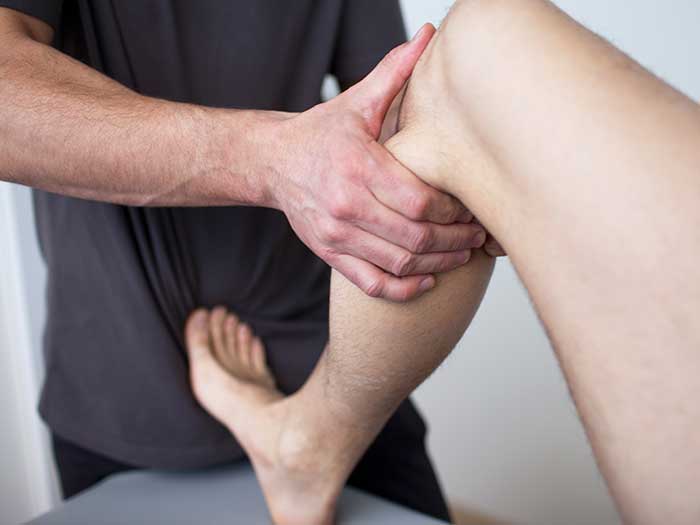
Experienced osteopaths
If you're looking for physiotherapy or osteopathic treatments in Bury, feel free to contact us. We have highly qualified and experienced osteopaths and physiotherapists in our team who can help you with treatments for all kinds of muscular pain and sports injuries. We offer treatments that can help improve joint mobility, reduce adhesions and soft tissue restrictions, ensuring better movement and enhanced performance.
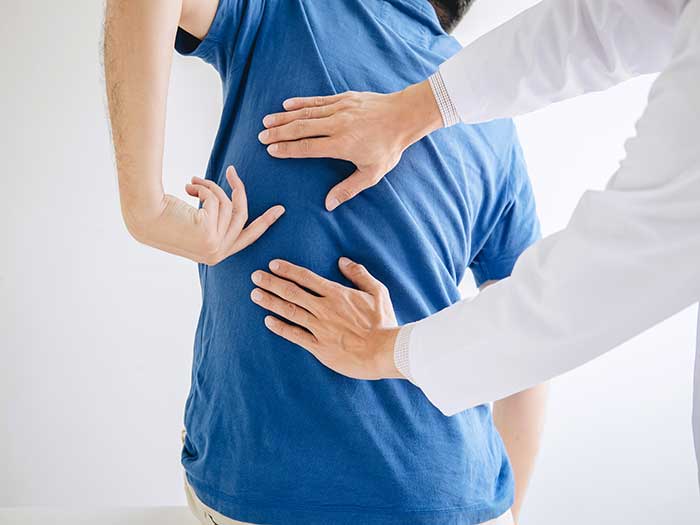
Physiotherapy treatments we offer:
- Arthritic pain & Sports Injury treatments
- Frozen shoulder and shoulder pain therapies
- Muscular and joint pain treatments
- Massage therapy & Electrotherapy
- Back, neck, knee, and hip pain therapies
- Tennis elbow treatments
- Treatments for headaches arising from neck and shoulder pain
- Musculoskeletal treatments
Bursitis
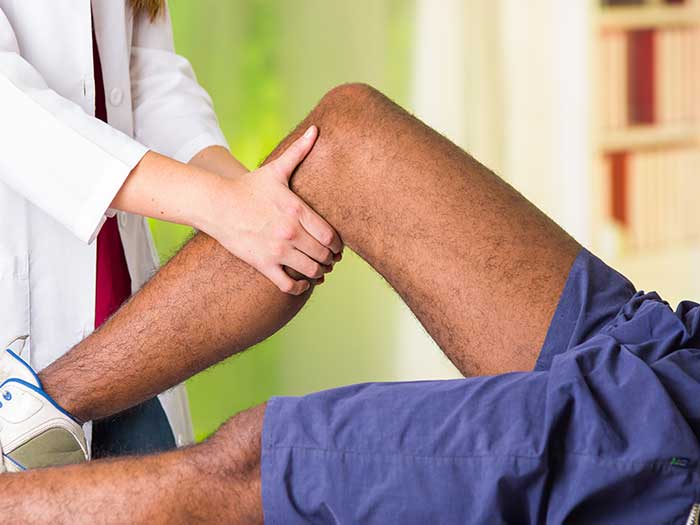
Causes
Symptoms
Hip pain
- Hip pain that stays for more than a few days
- Hip pain occurring at night or while resting
- Difficulty in standing at a place for too long
- Swelling of the thighs or hip
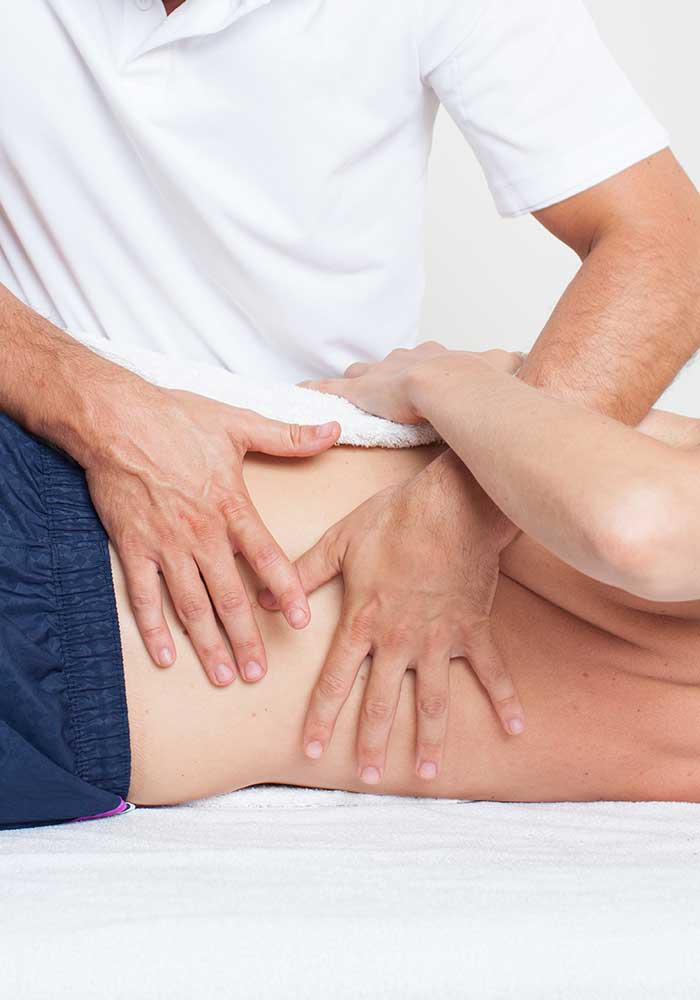
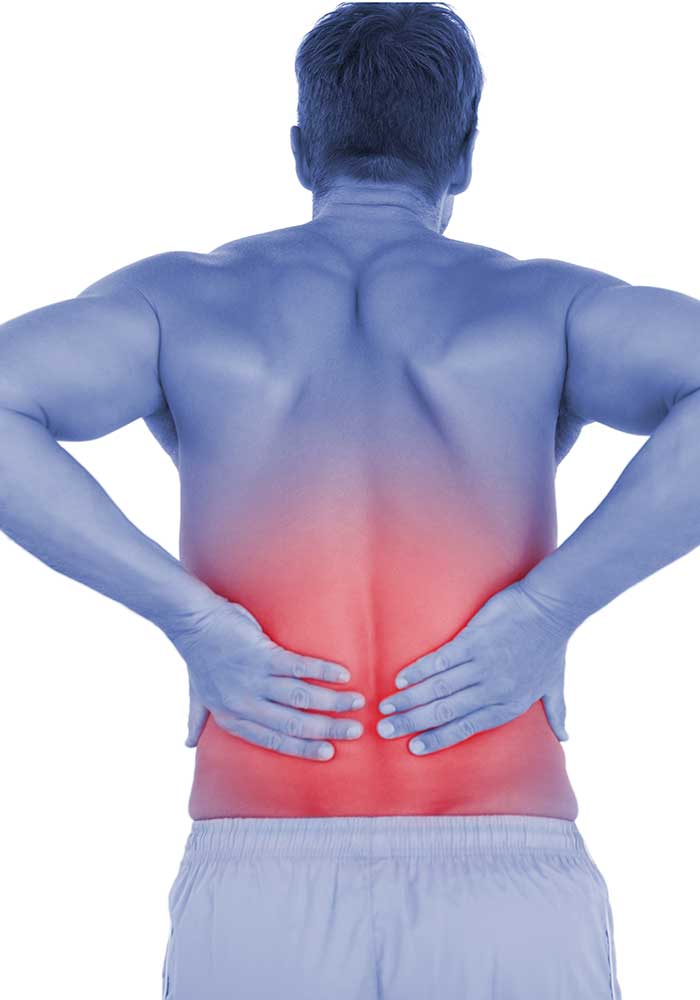
Lower back pain
Back pain is a common problem that most adults face across the globe. Up to 85% of people worldwide suffer from back pain during their lives and almost 50% of the working population experience back pain symptoms at least once a year.
Office employees who sit at the desk for long hours experience back pain. It is also prevalent among sportspeople with specific over-developed or under-developed muscles. Lower back pain can originate from a weak lower back, tight hamstrings, weak or over-developed abdominal muscles, weak gluteus muscles, or a combination of any of the above.
Neck pain
Neck pain can be caused by numerous spinal problems even though it is felt in the neck area. It may be caused due to muscular tightness in both the neck and the upper back or due to the pinching of the nerves emanating from the spine. Joint disruption in the neck or the upper back can be another factor for neck pain.
The lower neck and the upper back support the head, and these areas are commonly responsible for causing neck pain. The head is supported by a structure formed by the lower joints in the neck and those of the upper back. If this support system is affected adversely, then the muscles in the area will tighten, causing neck pain.
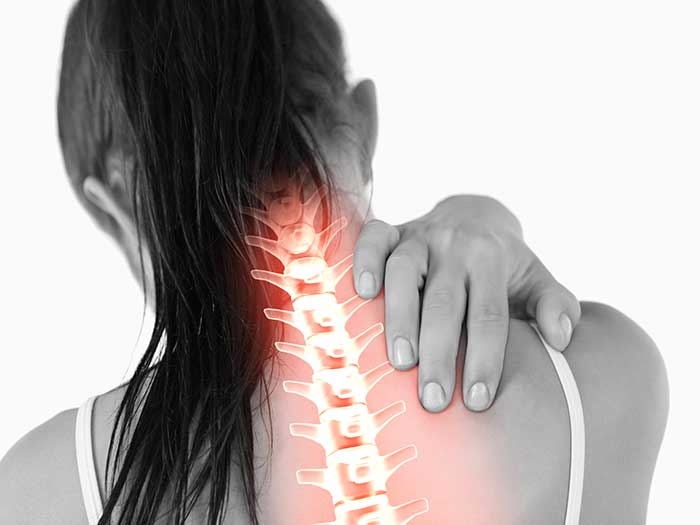
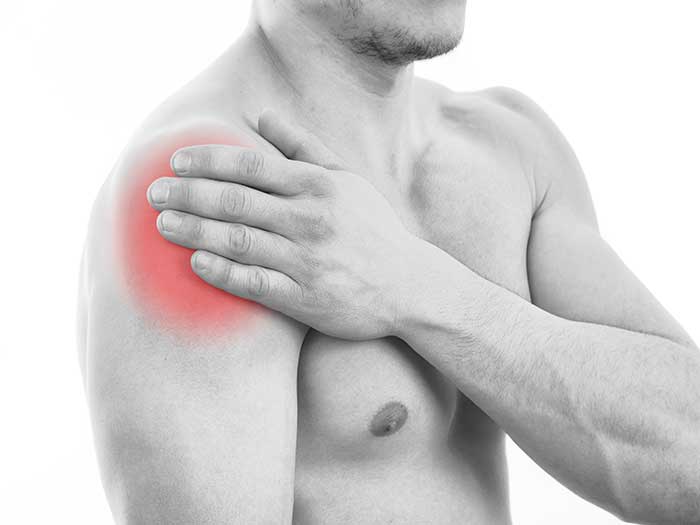
Shoulder pain
There are other shoulder conditions such as:
If you're looking for effective physiotherapy sessions
Call Oasis Medical Practice
